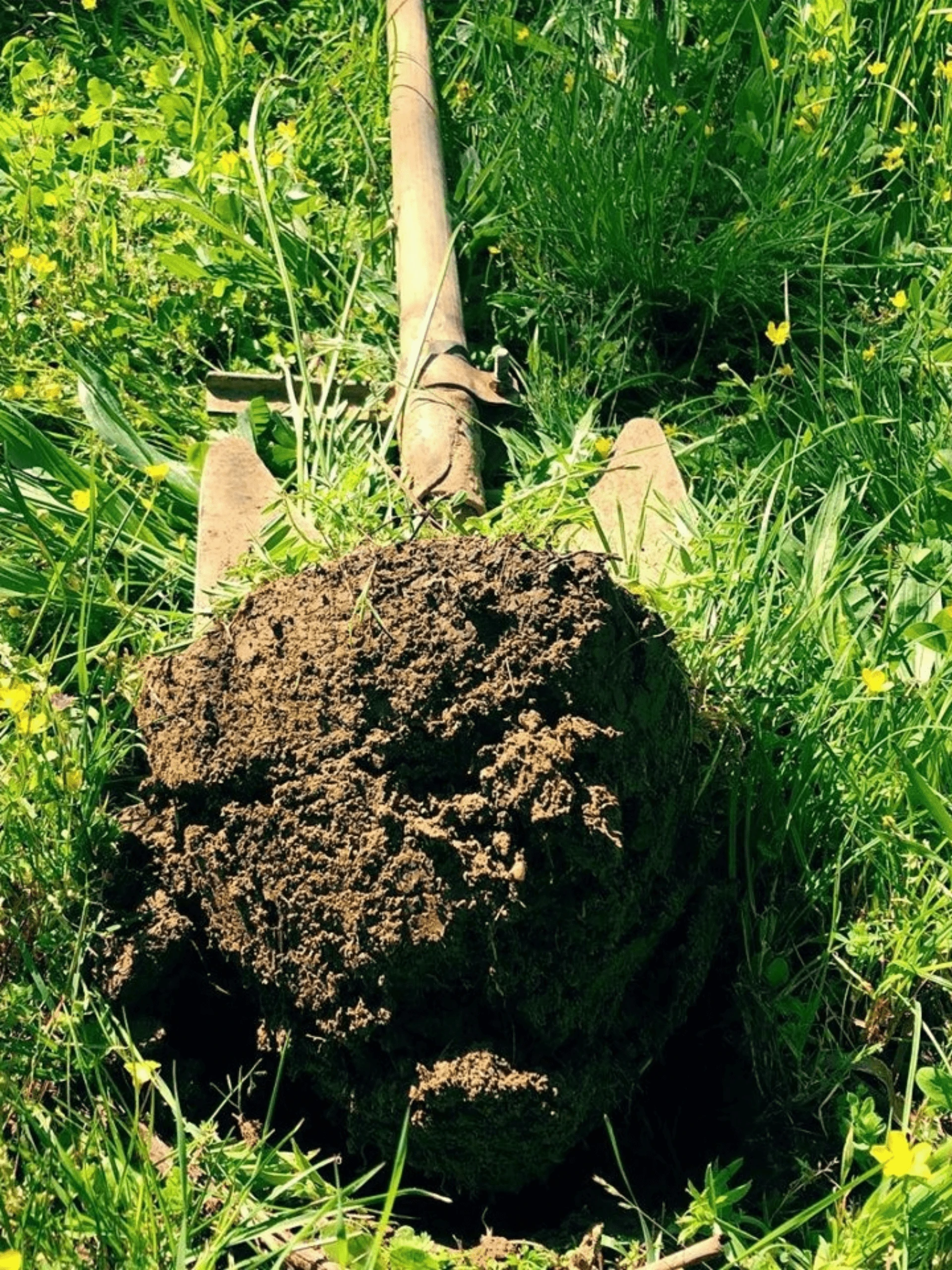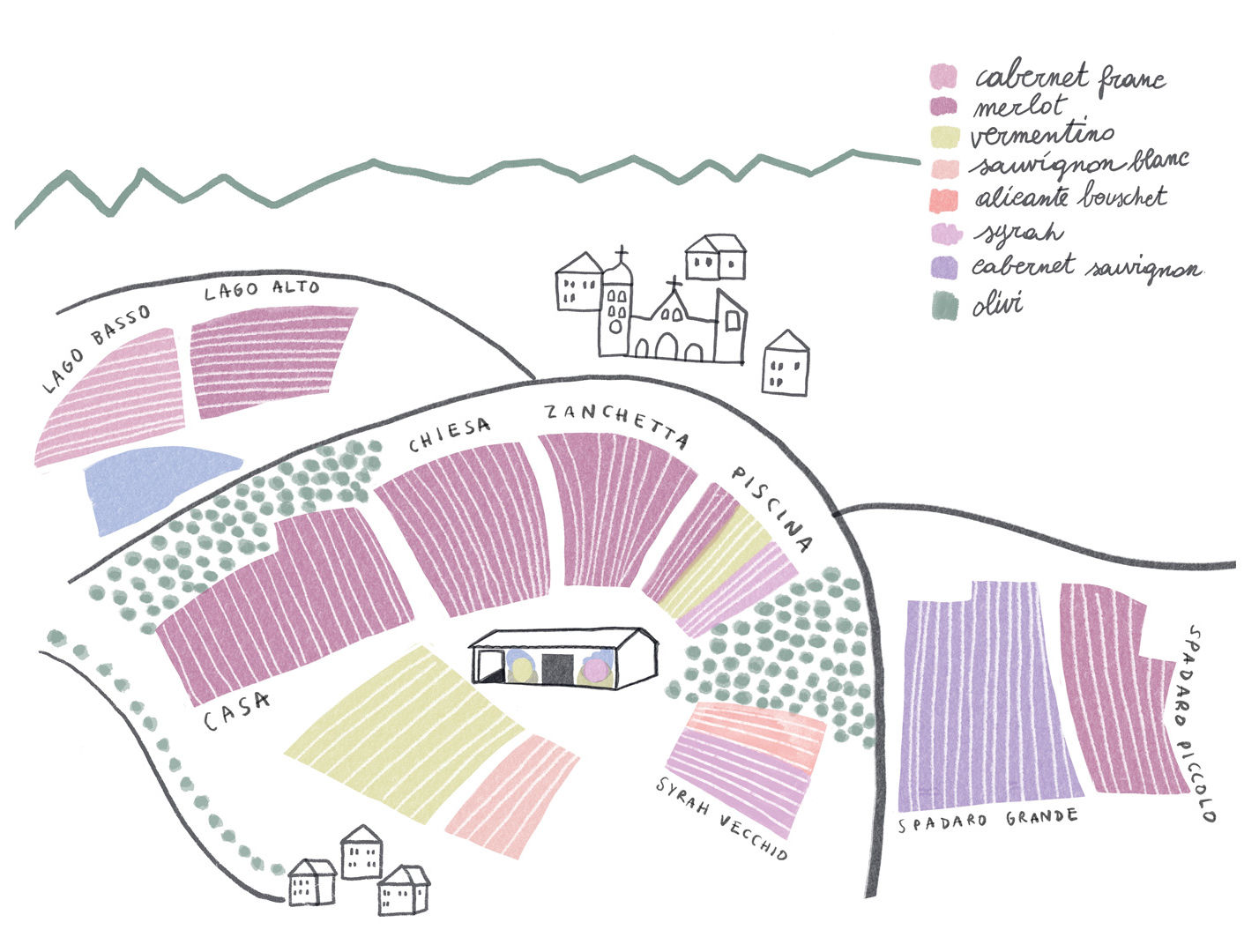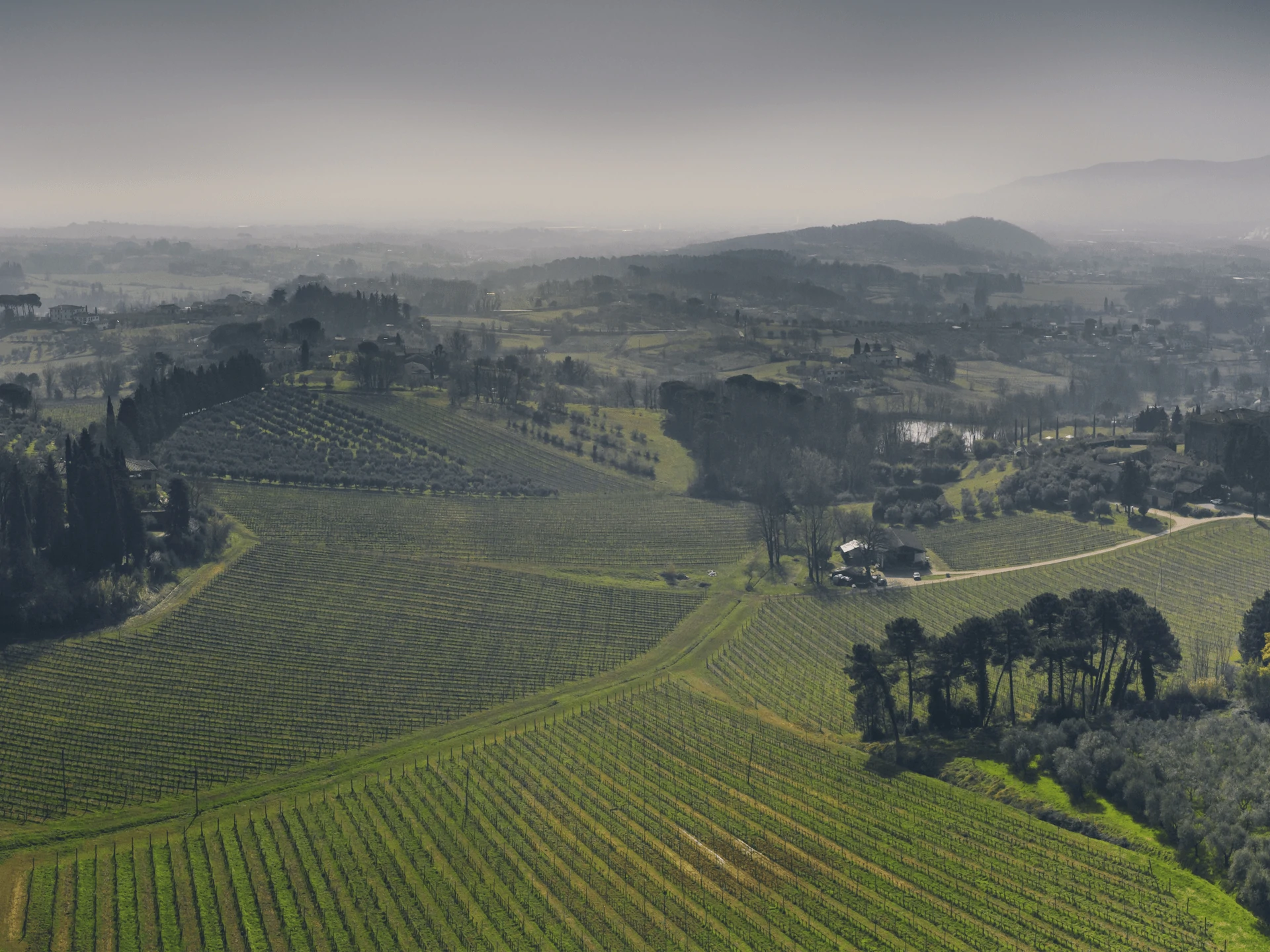DEPOSITI MARINI NEL MIOCENE E PLIOCENE
During the Middle to Late Miocene (approximately 15 to 5 million years ago), the area now occupied by the hills of Gragnano was submerged under a shallow sea.
During this period, marine sediments such as clays, marls, and sandstones accumulated, originating from the erosion of nearby land masses and the deposition of suspended particles in the water.
In the Pliocene era (5 to 2.5 million years ago), the sea gradually began to retreat, leaving behind finer sedimentary layers such as clays and sands. These now form part of the geological substrate of the area.
TECTONIC UPLIFT AND FORMATION OF THE HILLS
From the Late Pliocene into the Quaternary period, the area experienced tectonic movements linked to the formation of the Northern Apennines.
These movements caused the uplift of marine sediments, which began to emerge and were gradually shaped by fluvial and atmospheric erosion.
Today, the Gragnano hills represent a transitional area between the younger, alluvial Lucca Plain and the older structures of the Apennines..
SOIL COMPOSITION AND IMPACT ON MORPHOLOGY
The soils of the Gragnano hills are mainly composed of:
MARLS AND CLAYS
Fine-grained marine deposits rich in clay minerals, giving the soil compactness and natural fertility.
SANDSTONES
Sedimentary rocks formed from cemented sands, offering good drainage and making the terrain particularly suitable for viticulture.
CONGLOMERATES AND SANDY SEDIMENTS
More recent layers resulting from the erosion of nearby reliefs and the transport of materials by watercourses.




